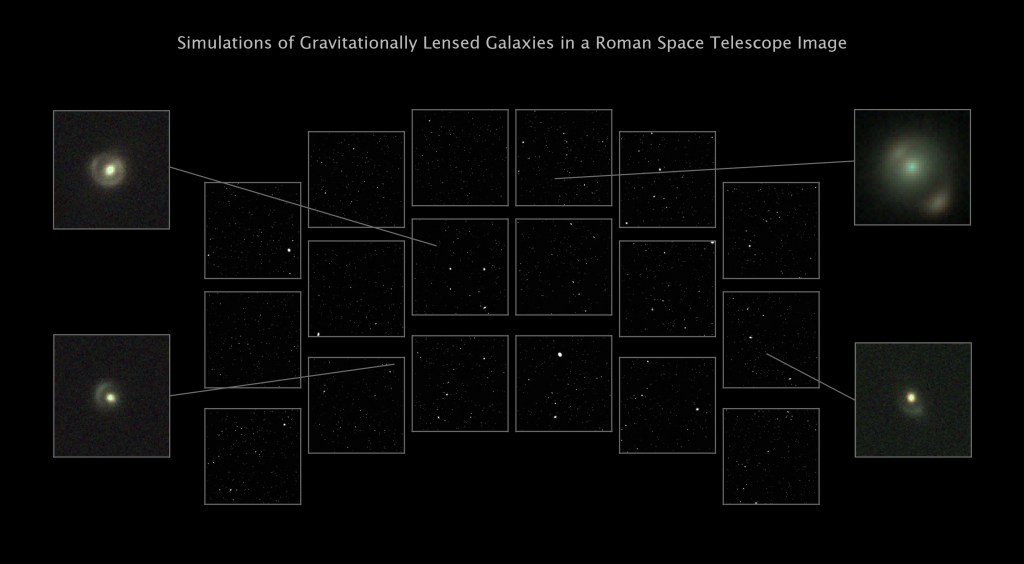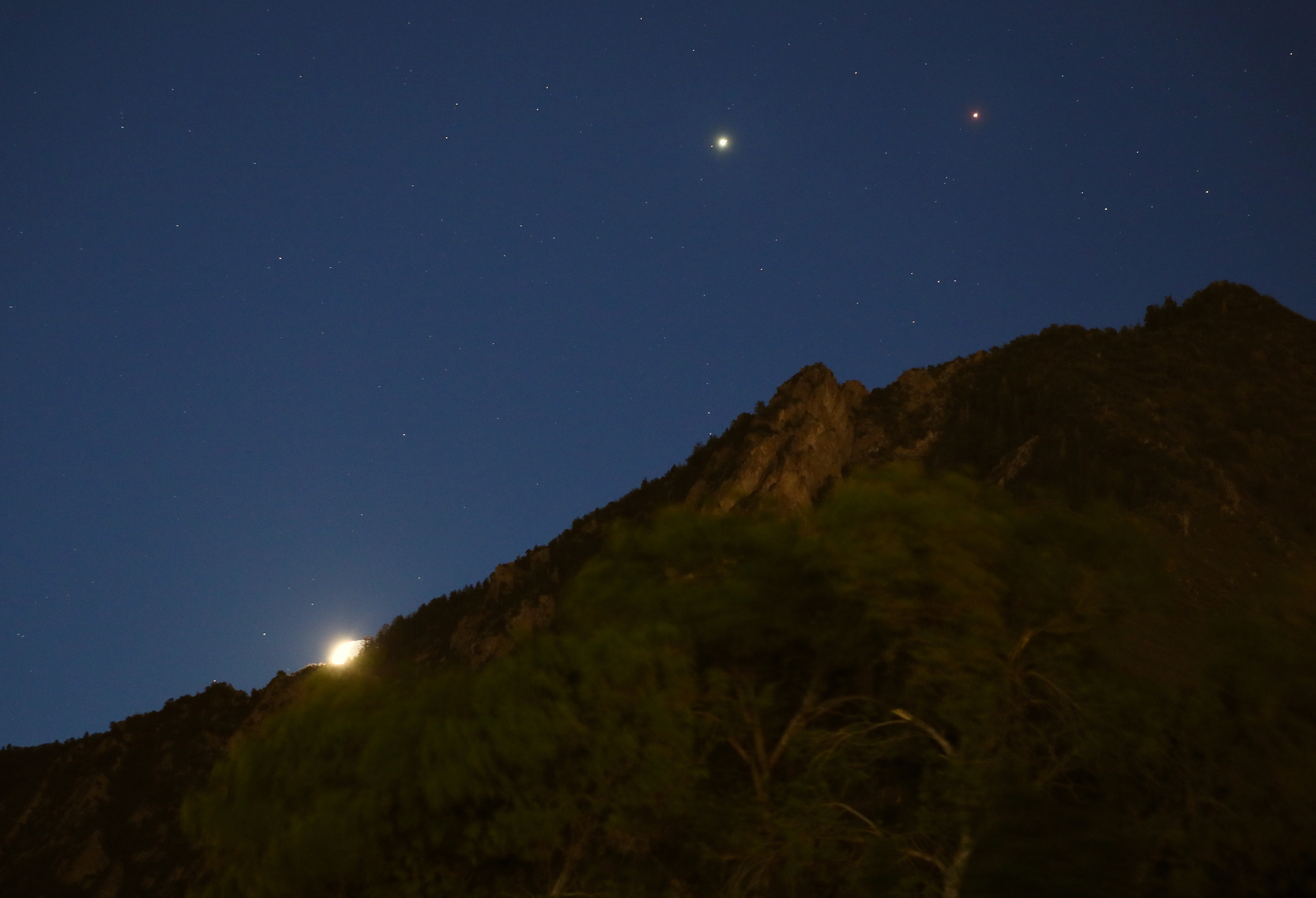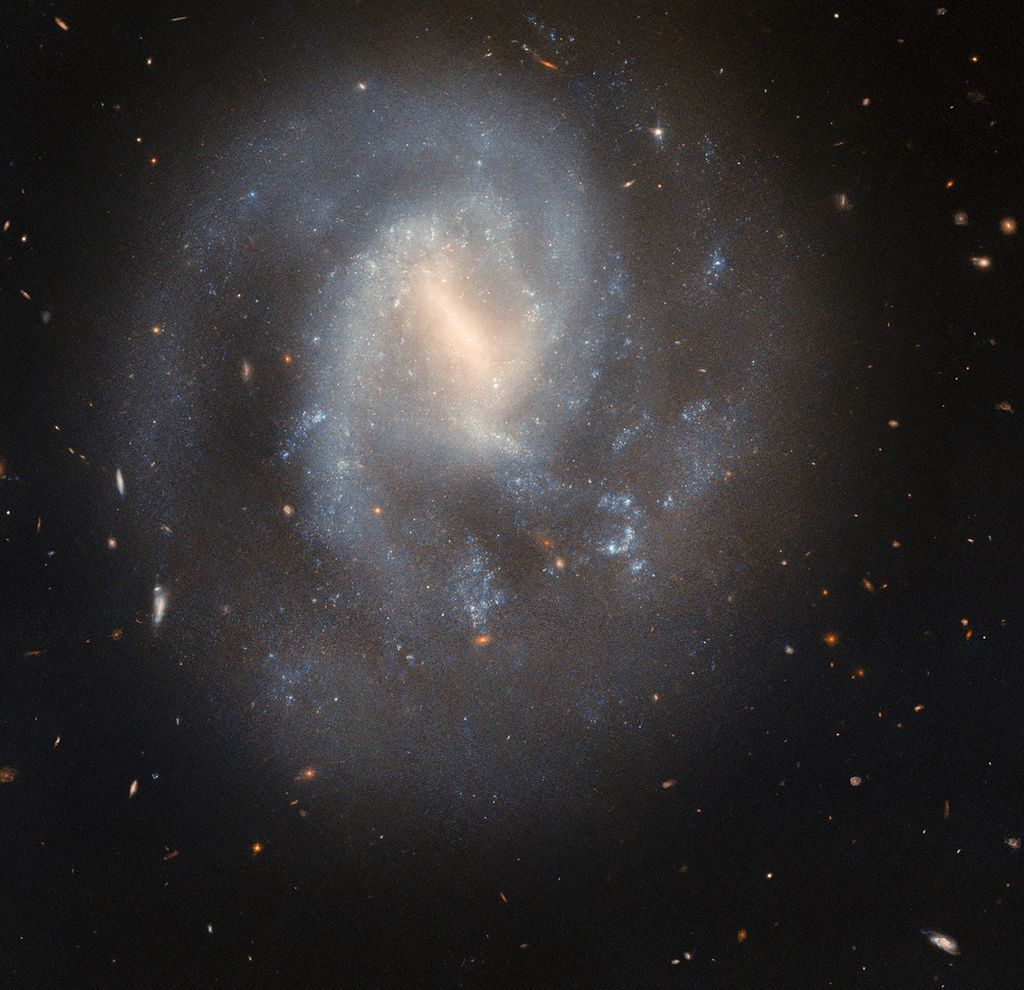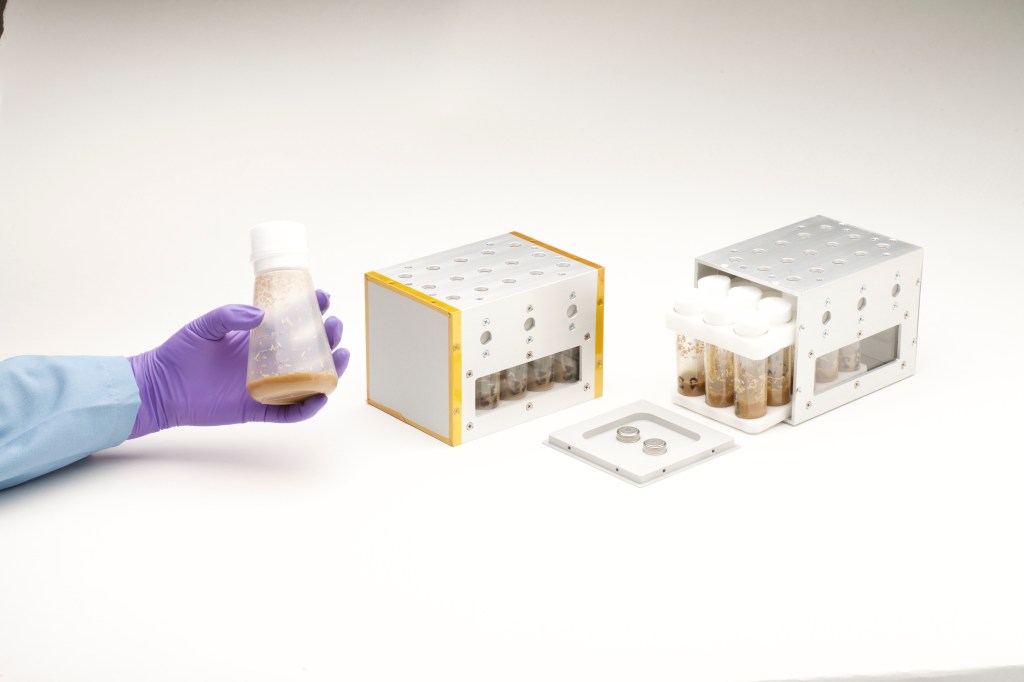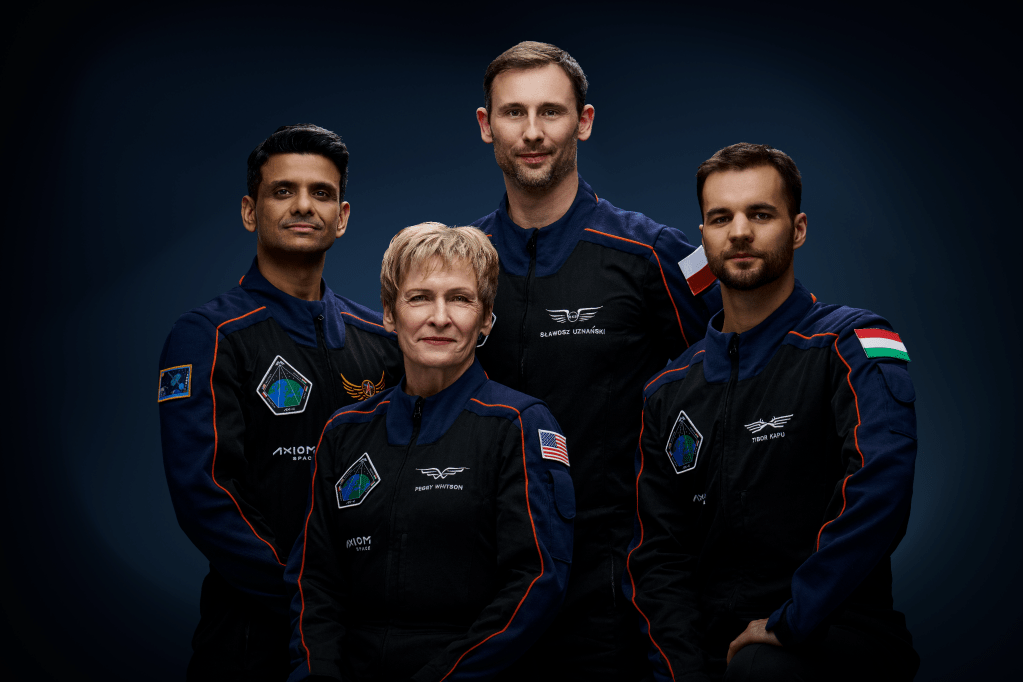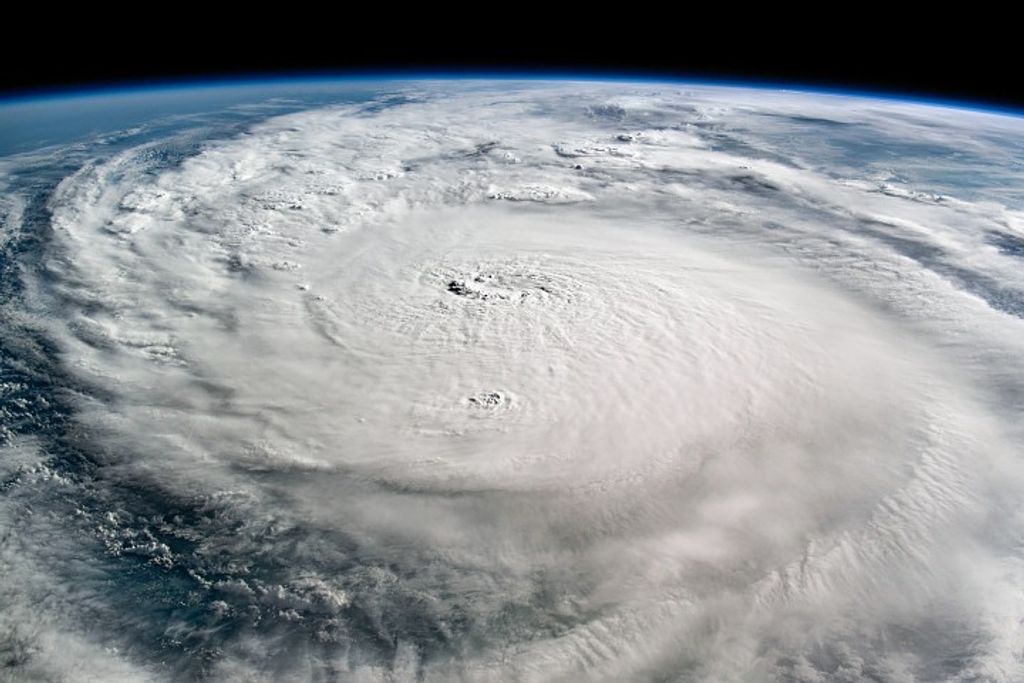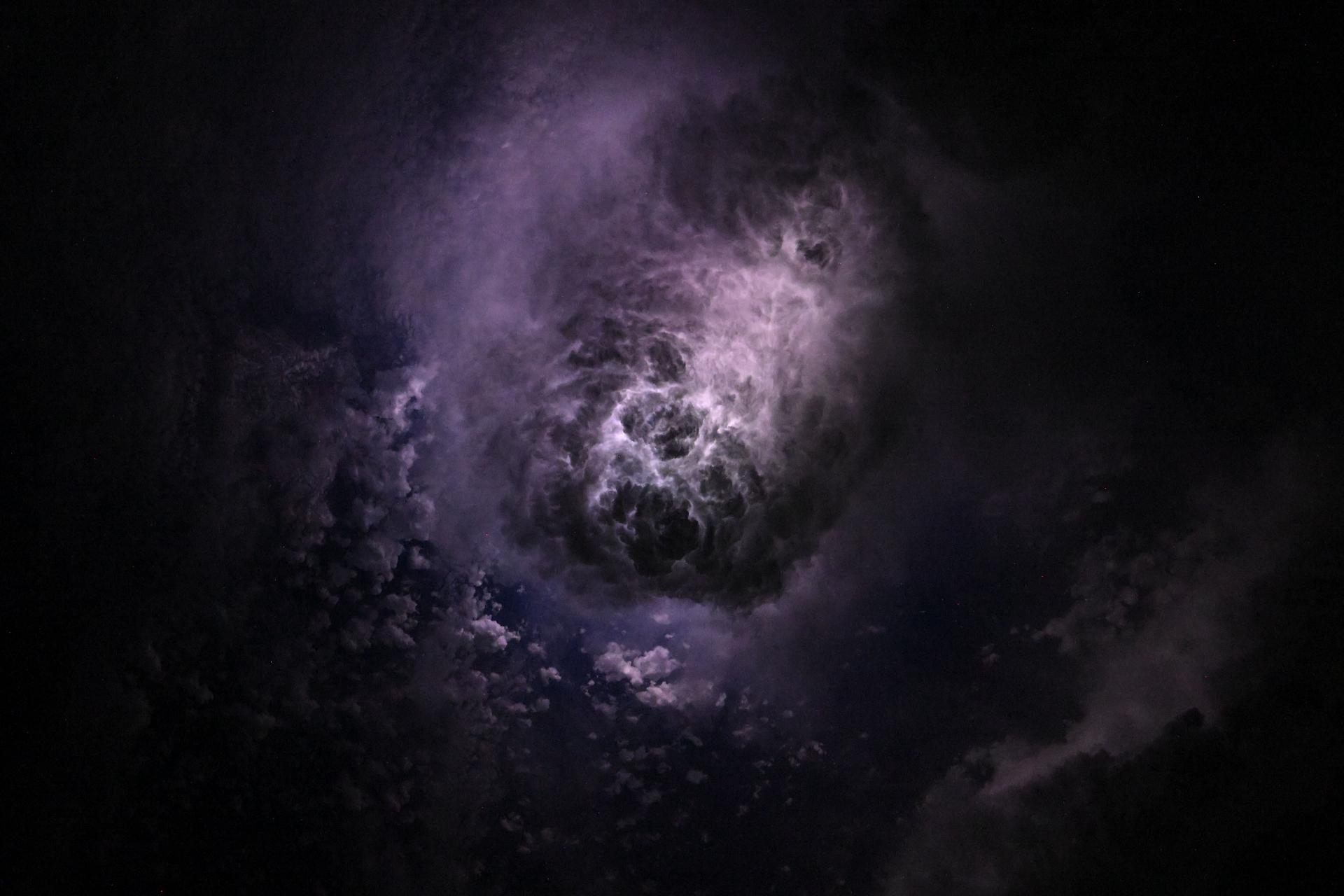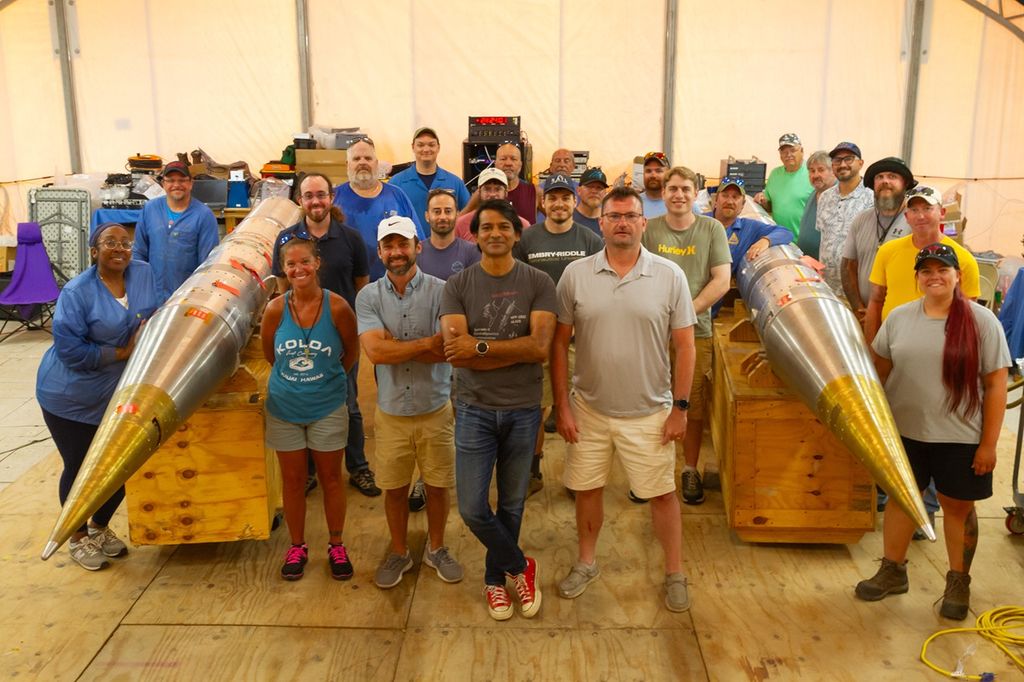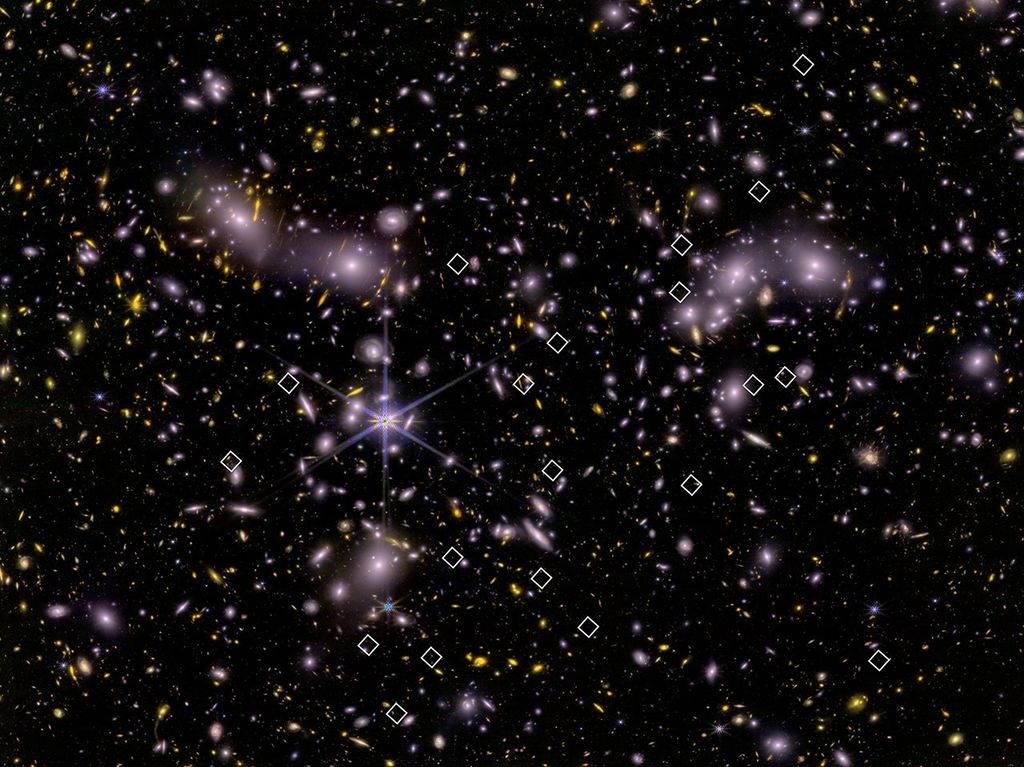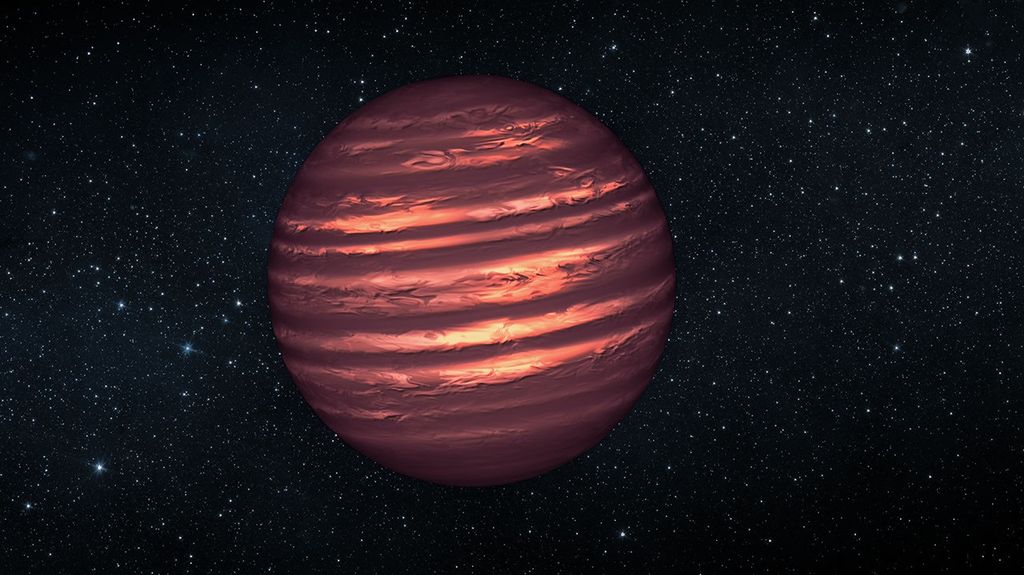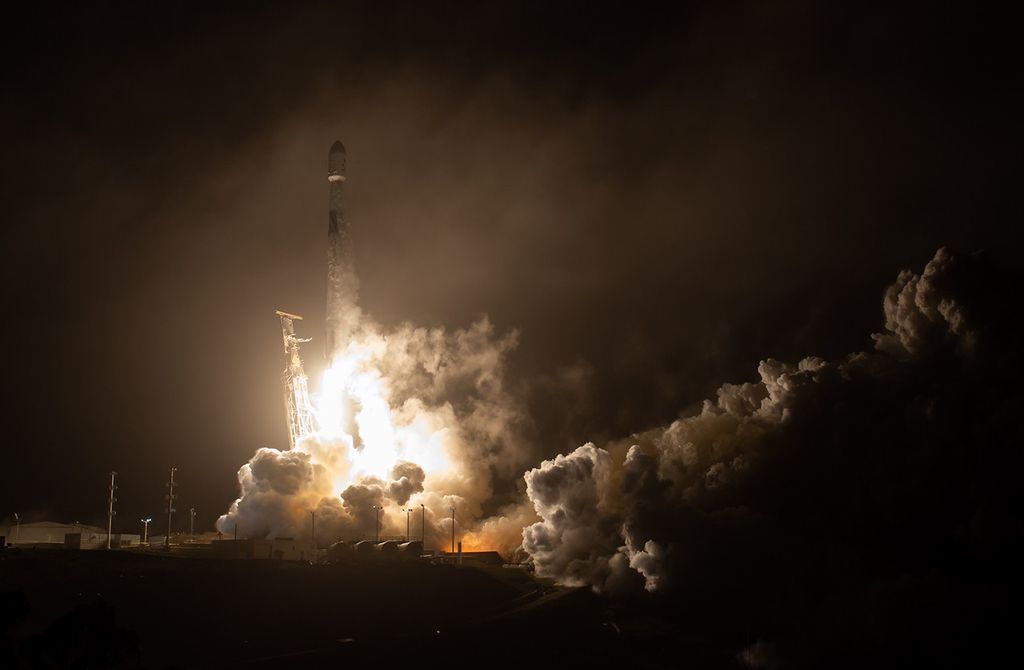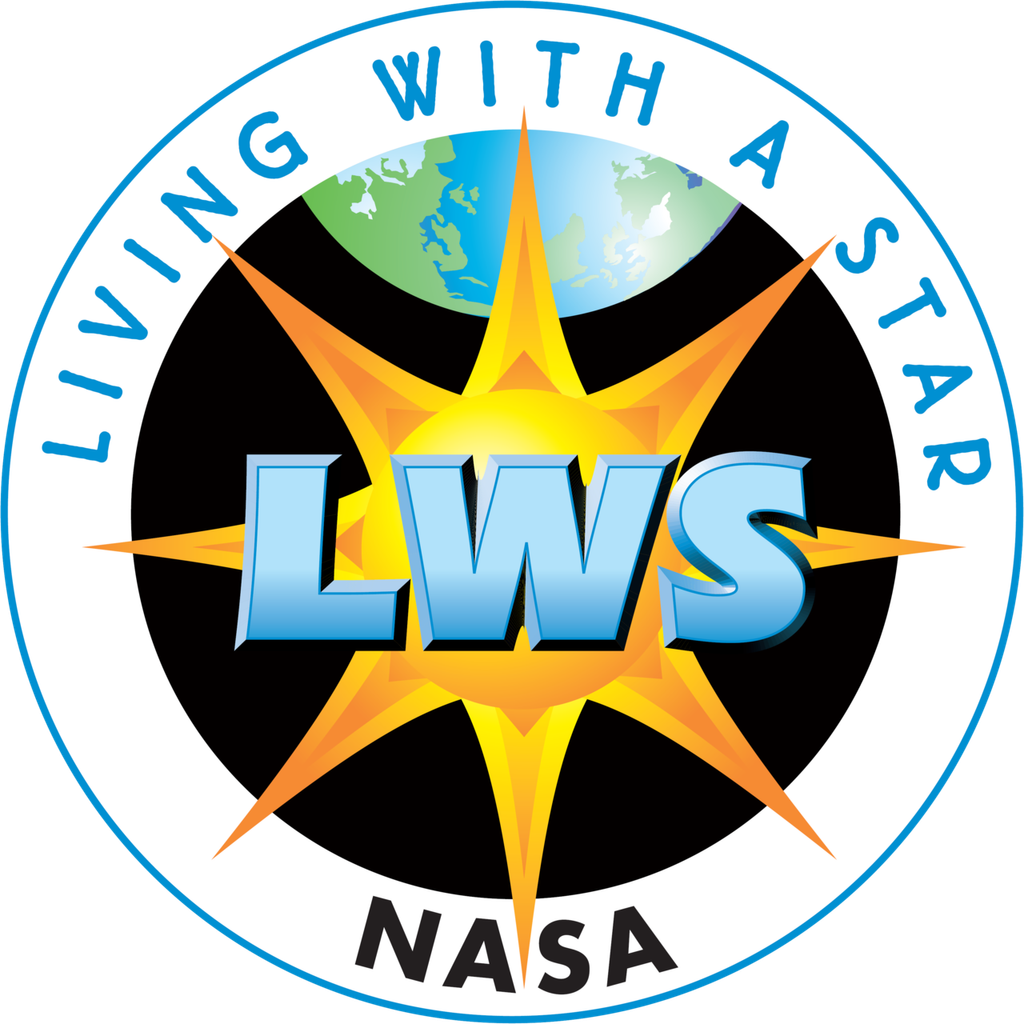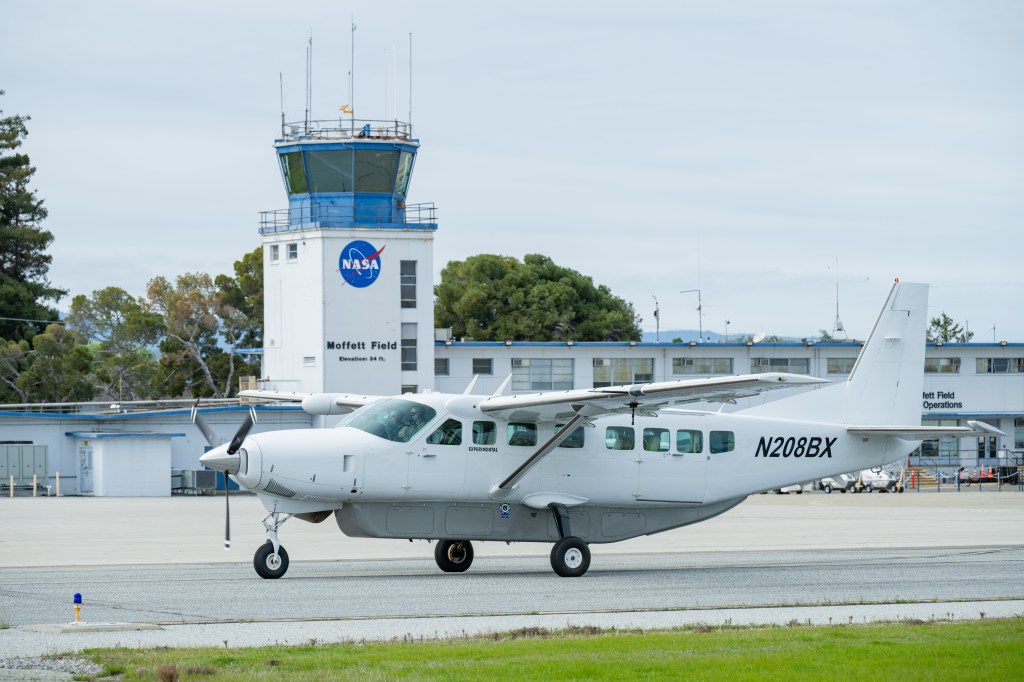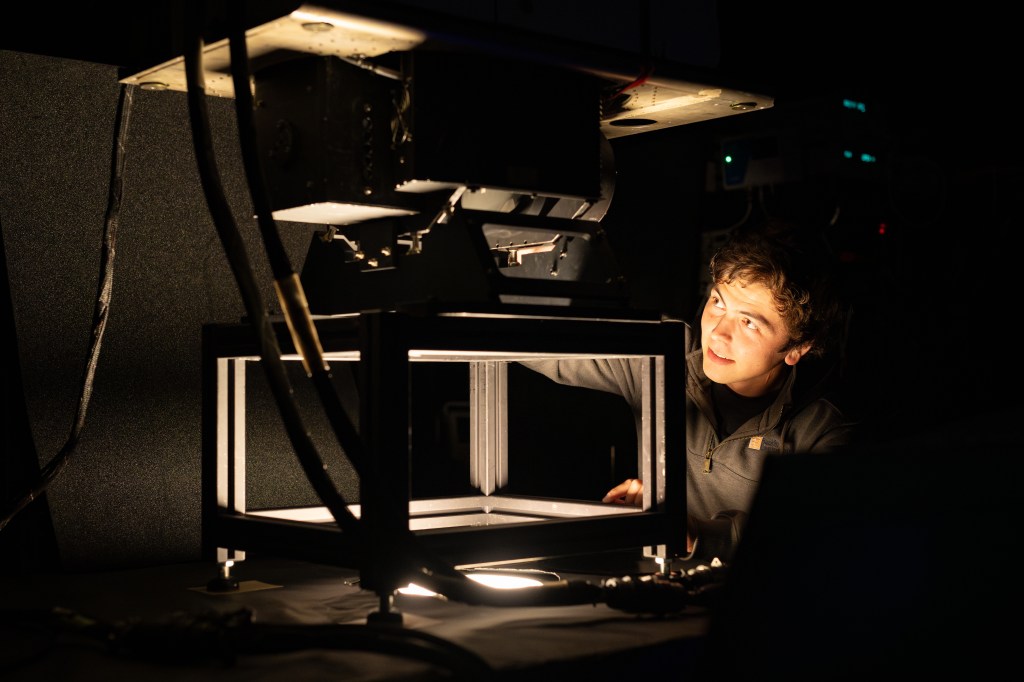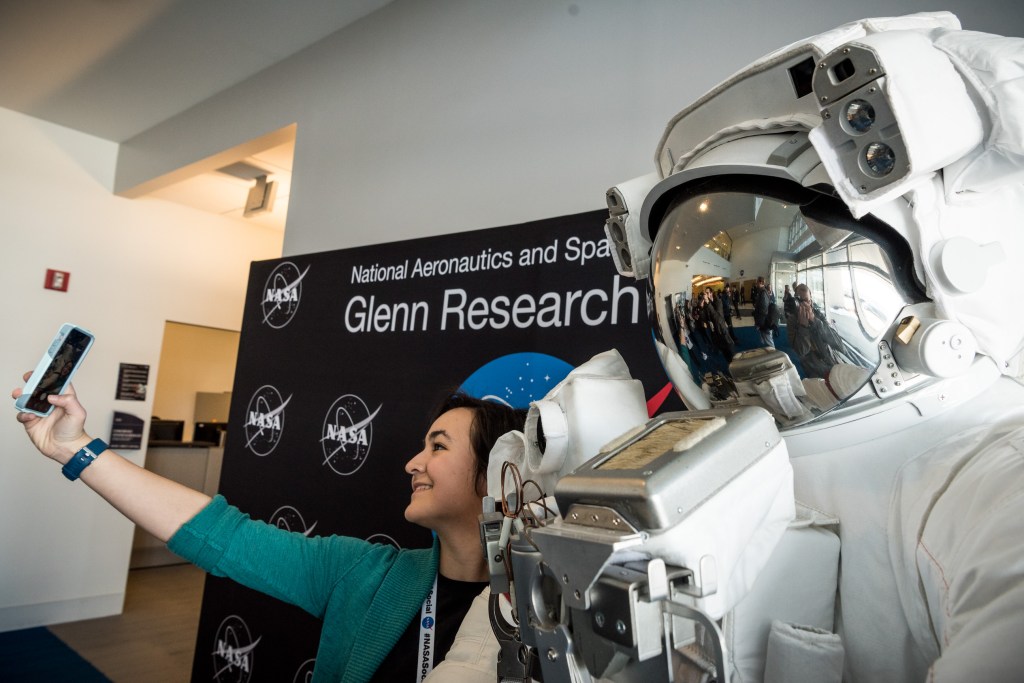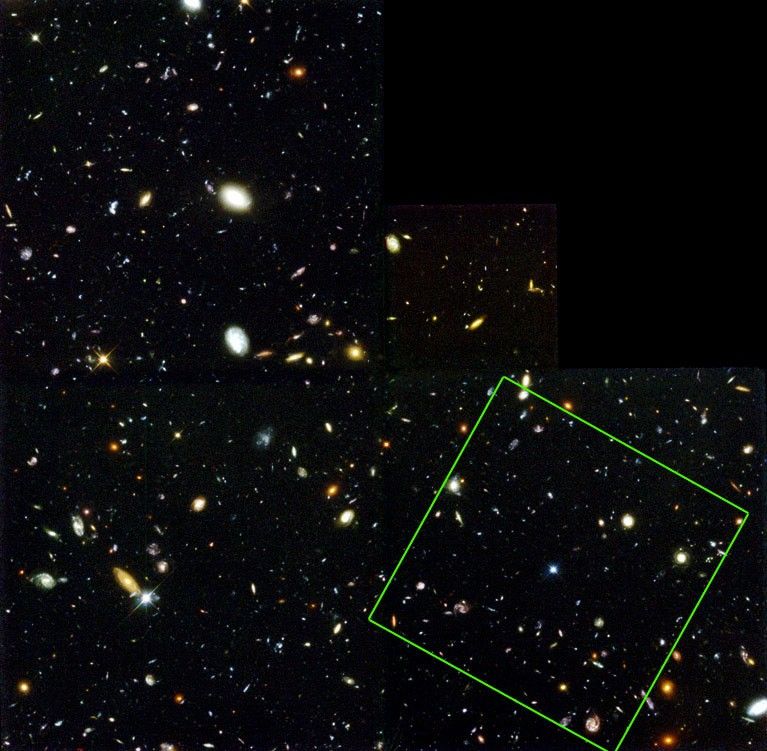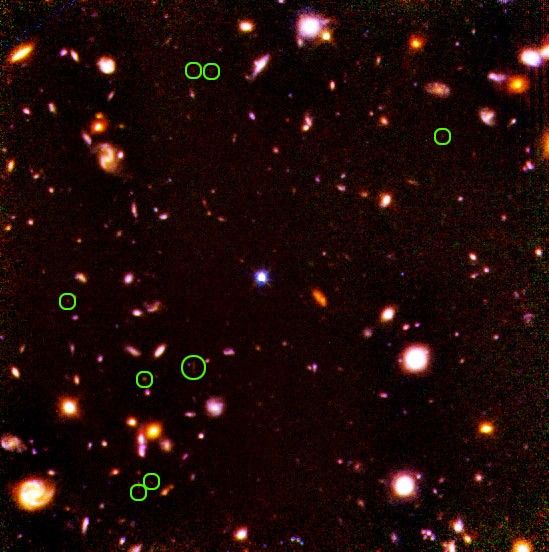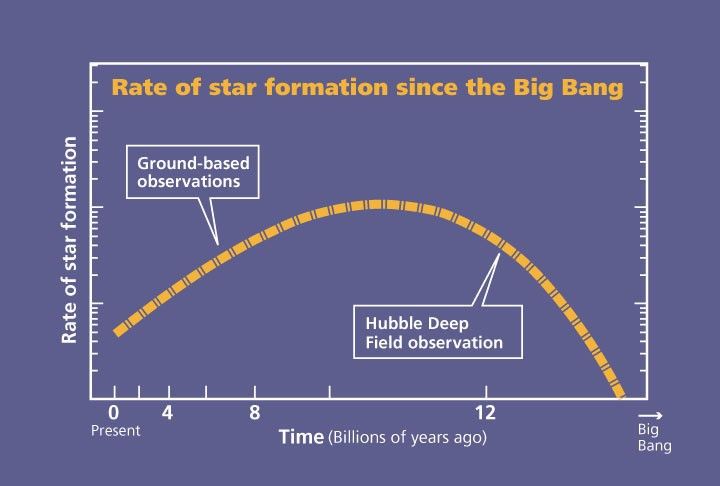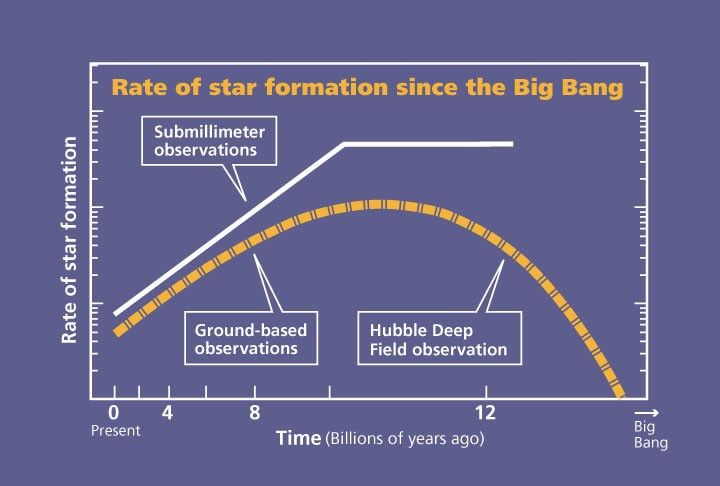1 min read
A Spiral Galaxy From the Hubble Deep Field in Visible (left) and Infrared Light (right)
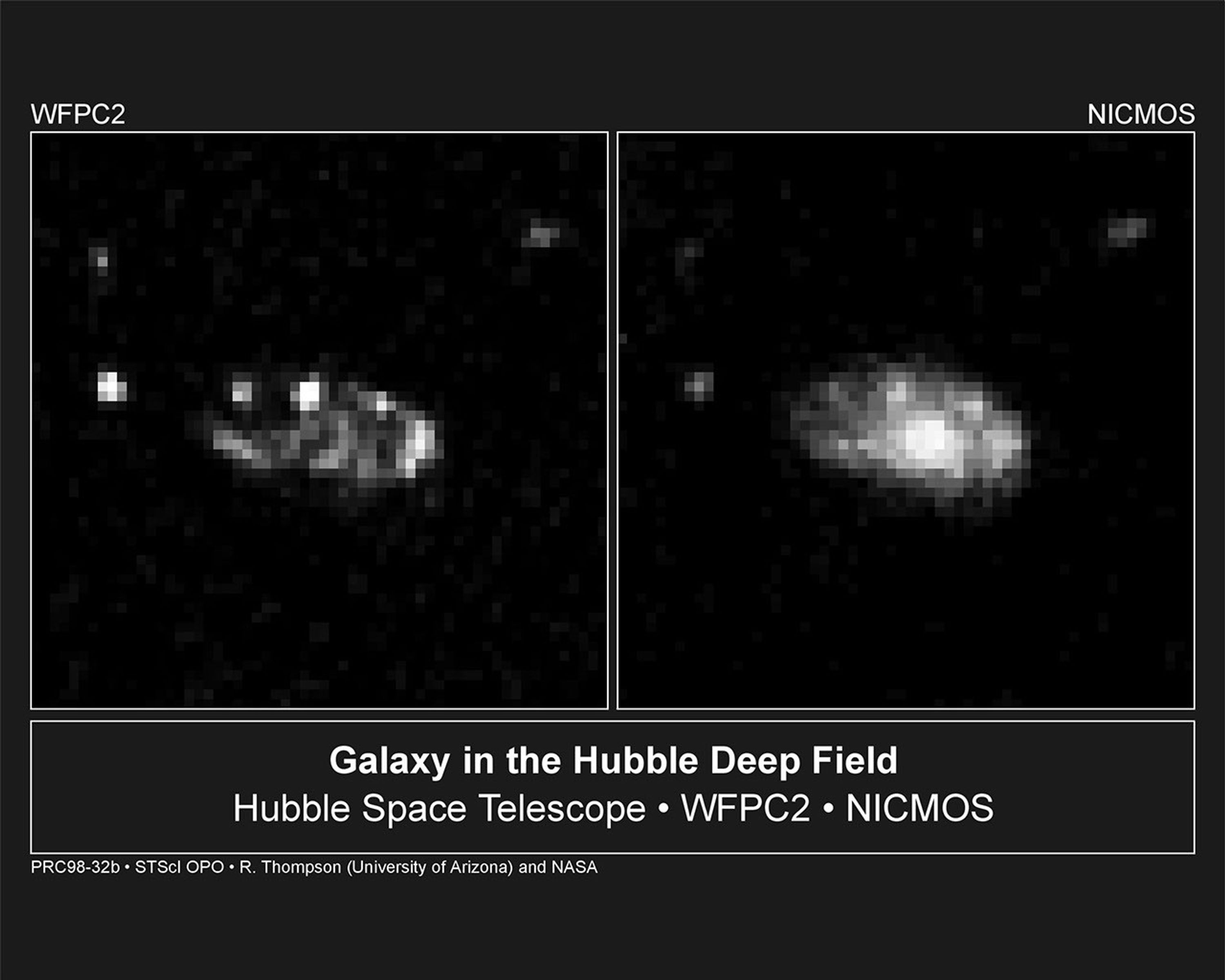
A galaxy can look quite different in visible vs infrared light. This is a comparison view of a spiral galaxy in the Hubble Deep Field - Hubble Space Telescope's view of the faintest galaxies ever seen in the universe.
The galaxy is disk-shaped like our Milky Way and tilted obliquely along our line of sight. It is located in the constellation Ursa Major. The smaller clumps in the picture are likely other galaxies.
[Left] In the visible-light picture, taken with the Wide Field and Planetary Camera 2 (WFPC2) in 1995, the galaxy looks uncharacteristically lumpy. That's because only the bright blue knots of starbirth are detected by the WFPC2.
[Right] The underlying disk structure, containing older stars, is seen clearly in this infrared Deep Field image taken with Hubble's Near Infrared Camera and Multi-Object Spectrometer (NICMOS) in January 1998.
These types of comparative observations will help astronomers better understand the evolution of galaxies.
About the Object
- R.A. PositionR.A. PositionRight ascension – analogous to longitude – is one component of an object's position.12h 36m 48.26s
- Dec. PositionDec. PositionDeclination – analogous to latitude – is one component of an object's position.62° 13' 1.99"
- Object NameObject NameA name or catalog number that astronomers use to identify an astronomical object.HDF-N
- Release DateOctober 8, 1998
- Science ReleaseHubble Goes to the Limit In Search Of Farthest Galaxies
- CreditRodger I. Thompson (University of Arizona) and NASA
Related Images & Videos

NICMOS: More Than 300 Faint Galaxies
[Left] A NASA Hubble Space Telescope view of the faintest galaxies ever seen in the universe, taken in infrared light with the Near Infrared Camera and Multi-Object Spectrometer (NICMOS). The picture contains over 300 galaxies having spiral, elliptical and irregular shapes....
Share
Details
Claire Andreoli
NASA’s Goddard Space Flight Center
Greenbelt, Maryland
claire.andreoli@nasa.gov


